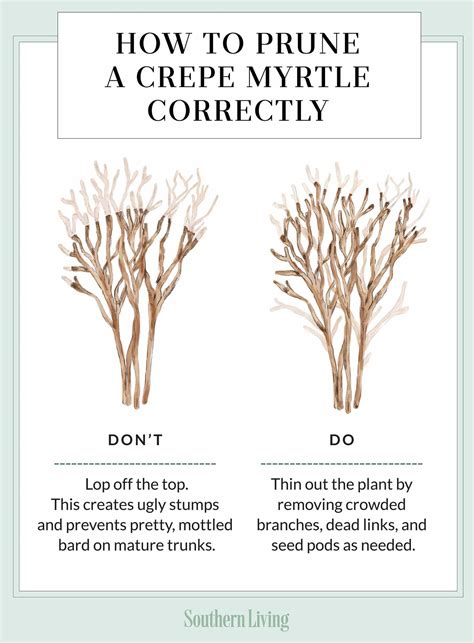How To Trim a Crape Myrtle: A Comprehensive Guide for Lush Blooms
Crape myrtles (Lagerstroemia indica) are beloved for their vibrant summer blooms and stunning fall foliage. But to keep these beauties looking their best and producing abundant flowers, proper pruning is crucial. This guide will walk you through how to trim a crape myrtle effectively, ensuring healthy growth and a show-stopping display each year.
Understanding Crape Myrtle Pruning
Before we dive into the techniques, it's essential to understand why we prune crape myrtles. Proper pruning promotes:
- Increased flowering: By removing old, dead, and crowded branches, you encourage the growth of new shoots that produce more flowers.
- Improved shape and structure: Pruning helps maintain the desired shape and size of your crape myrtle, preventing it from becoming leggy or overgrown.
- Disease prevention: Removing diseased or damaged branches helps prevent the spread of disease and promotes overall plant health.
Mythbusting: The common practice of "crape murdering" – severely cutting back the tree to stubs – is actually detrimental. It leads to weak, leggy growth, diminished flowering, and an unattractive appearance. We'll focus on healthier, more effective pruning techniques.
When to Prune Your Crape Myrtle
The best time to prune a crape myrtle is during late winter or early spring, before new growth begins. This allows the plant to heal before the flowering season. Avoid pruning in the fall, as this can stimulate new growth that's vulnerable to winter damage.
Tools You'll Need
Having the right tools makes the job easier and safer. You'll need:
- Sharp hand pruners: For smaller branches.
- Loppers: For larger branches.
- Pruning saw: For very thick branches.
- Gloves: To protect your hands.
- Safety glasses: To protect your eyes.
How to Prune a Crape Myrtle: A Step-by-Step Guide
-
Remove dead, diseased, or damaged branches: Start by removing any branches that are dead, diseased, or damaged. Cut them back to their point of origin or a healthy lateral branch.
-
Thin out crowded branches: Identify branches that are rubbing against each other or growing too close together. Remove the weaker or less desirable branches to improve air circulation and light penetration.
-
Shape and size the tree: Carefully remove branches to achieve the desired shape and size. Remember, avoid excessive cutting. Light pruning is generally more effective than severe pruning. Focus on maintaining the natural shape of the tree, rather than creating a drastically different form.
-
Remove suckers: Suckers are shoots that grow from the base of the tree. Remove these suckers to keep the tree's energy focused on the main branches.
-
Make clean cuts: Always make clean cuts just above a bud or outward-facing branch collar. Avoid ragged cuts, which can leave the tree vulnerable to disease.
Maintaining Your Crape Myrtle
Regular, light pruning is key to maintaining a healthy and beautiful crape myrtle. By following these guidelines and avoiding harsh cuts, you can ensure your crape myrtle thrives for years to come, providing a stunning display of color each season. Remember, less is often more when it comes to crape myrtle pruning.
Keywords: Crape Myrtle, Pruning Crape Myrtles, Crape Myrtle Care, How to Prune a Crape Myrtle, Pruning, Lagerstroemia indica, Tree Pruning, Plant Care, Gardening Tips
This article provides a comprehensive guide on how to prune a crape myrtle, incorporating various SEO best practices for improved search engine ranking and user engagement. Remember to adapt and expand upon this framework with your unique voice and additional insights for optimal results.
